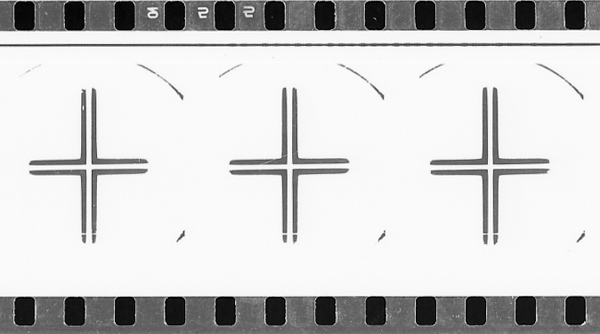L'Idée

Synopsis
After working with Lotte Reiniger on her silhouette animations, Berthold Bartosch went on to make L'Idée, his only surviving film, single-handedly in Paris in 1932. Almost 45,000 frames were animated on four different levels simultaneously, often with as many as 18 superimpositions made in the camera."Based on Frans Mesareel's famed woodcuts, this animated film classic was the first trick film with a radical film: a revolutionary idea (in the shape of a nude woman) is conceived by the artist, condemned by the world, the rich, and the church, but lives on, forever stirring men to revolt." – Amos Vogel
"Bartosch showed that animation could be poetic... It was Bartosch who first dared to give animation the dimension of a great art, trusting it to voice his pain, to lay bare his heart, to tell of his hope for a better future – which he never saw." – Alexander Alexeieff and Claire Parker
The score, by Swiss composer Arthur Honegger, represents the first instance of electronic music in film soundtrack, featuring the early electronic musical instrument the Ondes Martenot, as played by its inventor Maurice Martenot.